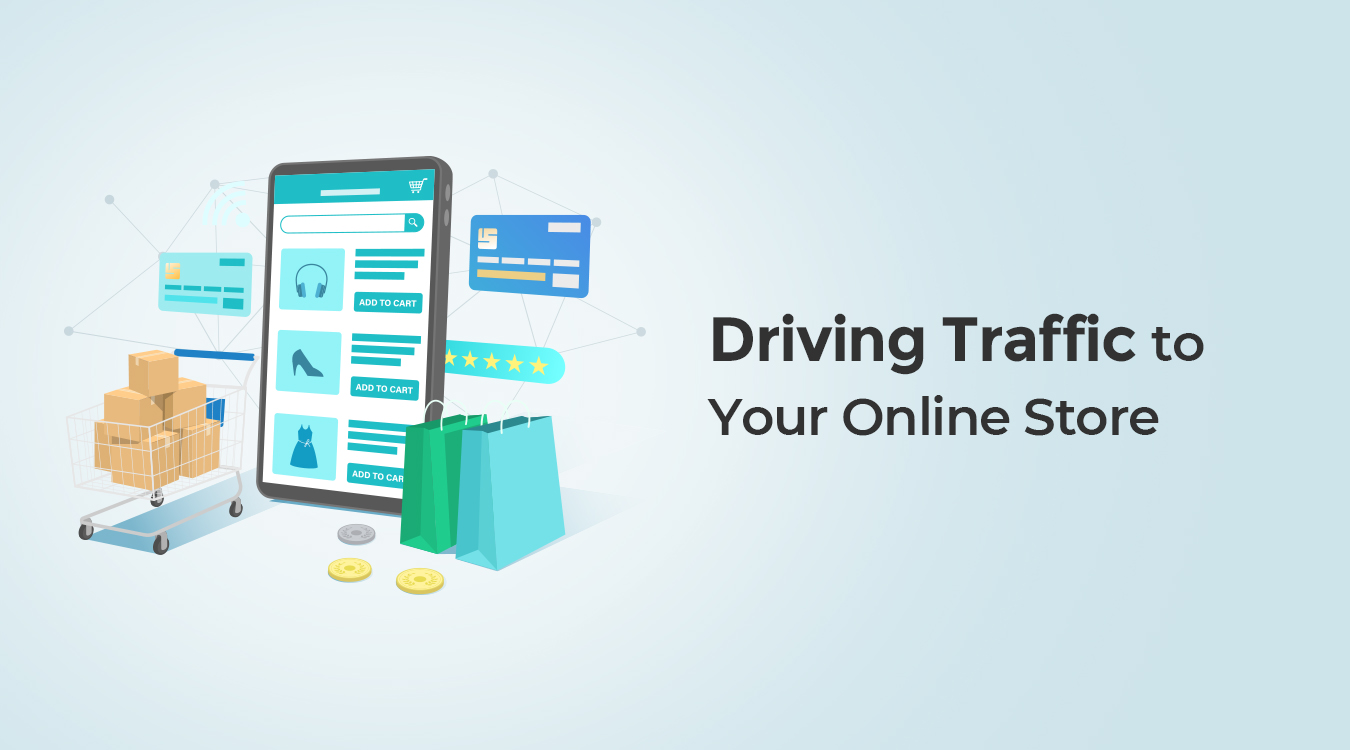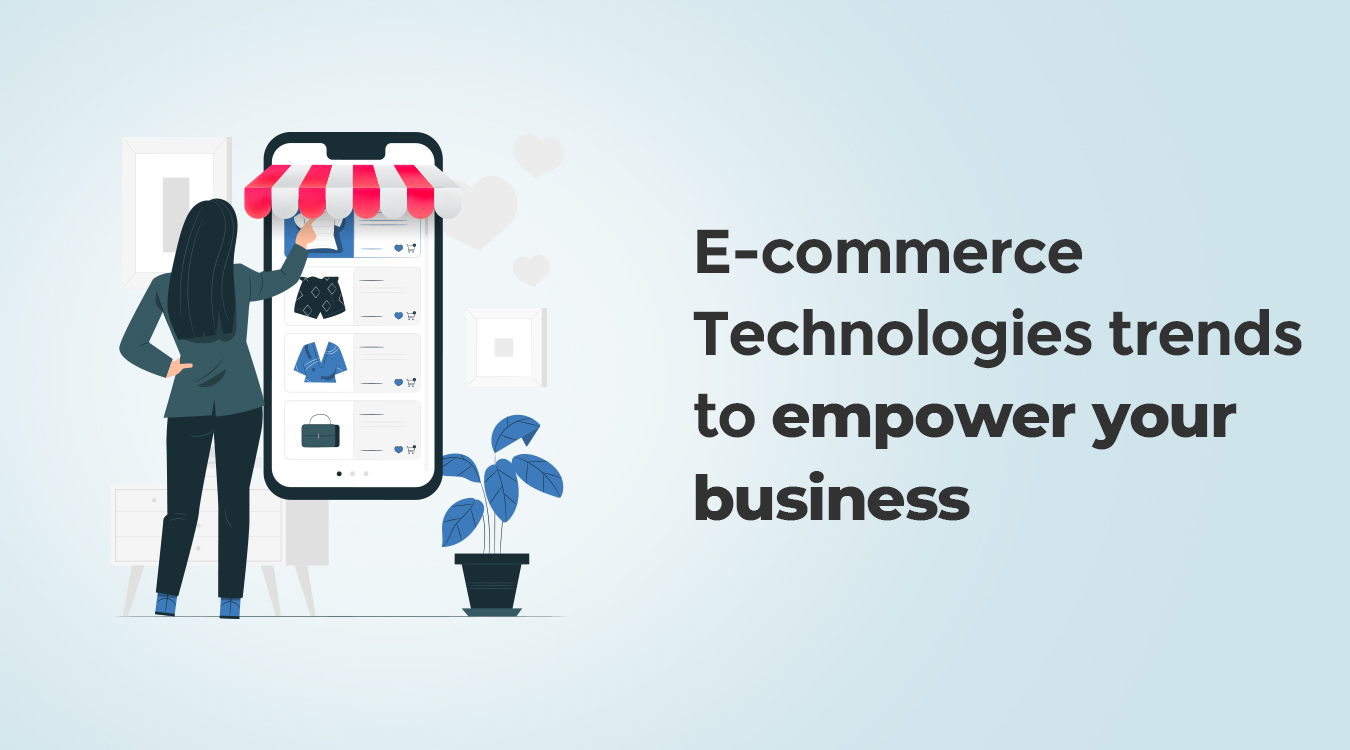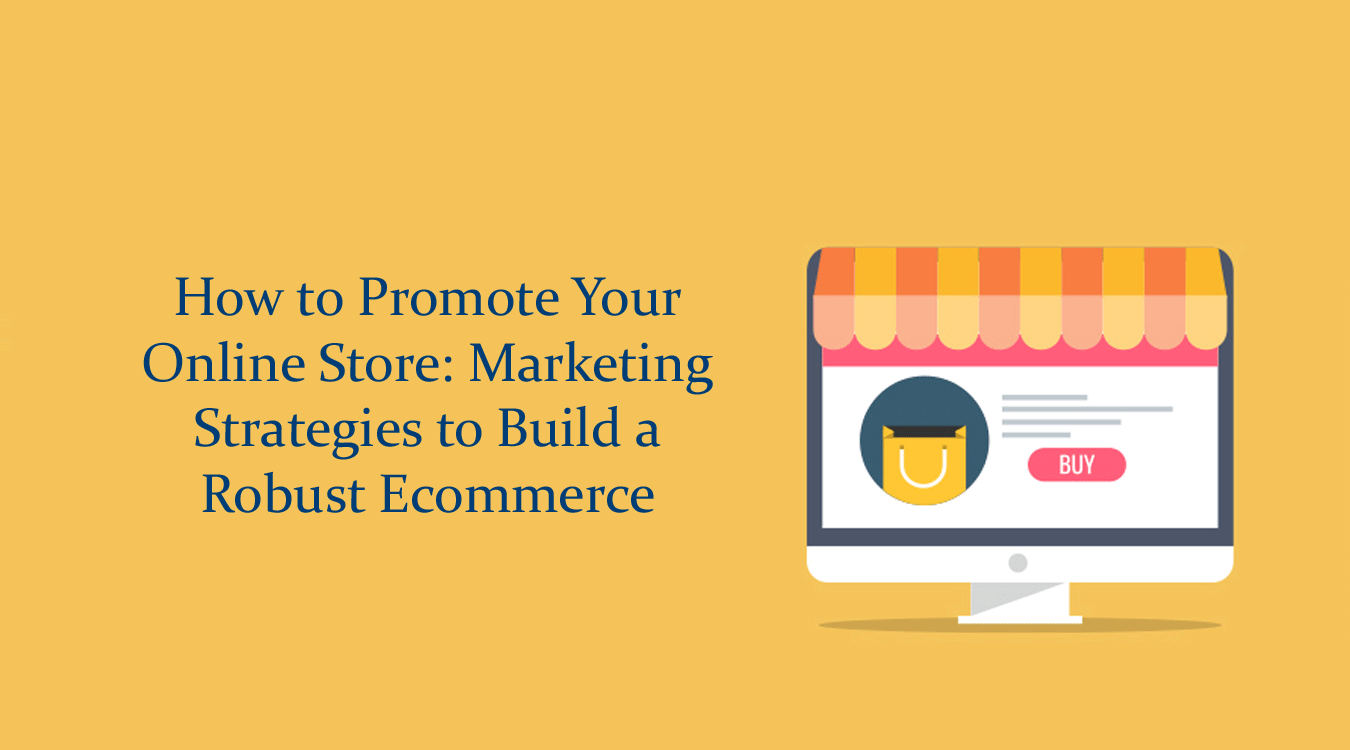If you are a businessman, you are already aware of the different struggles every brand faces while establishing a favorable brand presence. The very first step to making profits from a business venture is to identify the audience who would be the primary target of the marketing campaign. This audience can be divided into three broad categories.
- Category 1 — People who java already shopped your products before and have appreciated the company’s products and services.
- Category 2 — Audience members who have not yet used your product but are looking for something similar.
- Category 3 — The individuals who are most likely to use your products once they are aware of them but are yet to gain the information.
Once you have successfully identified the section of the population that would be your primary target for the marketing campaign, the next step is to implement different marketing strategies that would educate and make the three sections equally interested in using the products that your brand is selling. And for this to work effectively, every brand needs to adopt a three-way approach for maximizing the results of the marketing strategy that your brand is planning on implementing.
For Those Who Have Already Used Your Products:
When dealing with the first set of audience aka category one which includes previous customers and those who have already used your product, you have several marketing channels open. Email marketing and SMS marketing strategies can be enormously helpful in making these people interested in your brand’s latest launches. Moreover, you could also make the most of the social media platforms by ensuring that your previous buyers are included in the posts or tagged. This way they will not only be more likely to make new purchases but also feel happy and satisfied for being a part of the loop.
For Those Who Are Yet To Make A Purchase:
The second category of audience needs a boost that will convert them from prospective customers to actual consumers. This can be done through various information marketing strategies like blogs and video advertisements on leading video-sharing platforms like YouTube. Moreover, search engine optimization (SEO) and SEM marketing strategies when combined with other techniques like influencer marketing can be a very smart approach when dealing with this section of the audience. What makes SEO a very popular marketing method is that here you can basically promote your brand for free. Optimizing the content on your website to match the search results on the most trusted search engines like Google, you are essentially why your brand is better than others by securing a top-ranking position on SEPs.
For Those Who Will Use Your Product once they’re Aware:
The third category plays the most crucial role and is an important point to remember while building brand awareness. You need to ask simple questions like why they are not informed about your brand, whether they are using a product from a competing company and how you can convert them into your loyal audience. Extensive market research is the key to getting your answers!






